Ever since we replaced horses in our personal transportation system, folks have been pining for cars that offer some relief from the constant need for supervision, control and management. Indeed, despite their obvious downsides, horses could be counted on to help with steering and obstacle avoidance. There are even cases when… Read More
Author: Tom Simon
Getting to 56G Takes The Right Stuff
During the 1940s when aerospace engineers were attempting to break the sound barrier for the first time, they were confronting a slew of new technical issues that had never been dealt with before, and in some cases never seen before. In subsonic flight airflow was predictable and well understood. In crossing the sound barrier, … Read More
How to be Smart About DFT for AI Chips
We have entered the age of AI specific processors, where specialized silicon is being produced to tackle the compute needs of AI. Whether they use GPUs, embedded programmable logic or specialized CPUs, many AI chips are based on parallel processing. This makes sense because of the parallel nature of AI computing. As a result, in… Read More
Qualcomm Attests Benefits of Mentor’s RealTime DRC for P&R
When floor planning (FP) and place & route (P&R) tools took over from custom layout tools for standard cell based designs, life became a lot better for designers of large digital chips. The beauty of the new flows was that all the internals of the standard cells and many IP blocks were hidden from view, lightening the load … Read More
Mathematics are Hard – That is Why AI Needs Mathematics Hardware
The field of artificial intelligence has relied on heavy inspiration from the world of natural intelligence, such as the human mind, to build working systems that can learn and act on new information based on that learning. In natural networks, neurons do the work, deciding when to fire based on huge numbers of inputs. The relationship… Read More
At Last, Package and Chip integration for RF Design
It seems that it has always been that there were packages and ICs, and in the design tool world “never the twain shall meet”. The tools for designing packages were completely separate from the tools used to design IC’s. This was so profoundly true that even after Cadence merged with Valid Logic back in the early 90’s, their Allegro … Read More
SOC security is not a job for general purpose CPUs
Life is full of convenience-security tradeoffs. Sometimes these are explicit, where you get to make an active choice about how secure or insecure you want things to be. Other times we are unaware of the choices we are making, and how risky they are for the convenience provided. If you leave your bike unlocked, you can expect it to be… Read More
The Ups and Downs of Google Assistant Mini
On Star Trek when they asked the computer to do something, they never heard it say “Sorry, you have no photon torpedoes connected to your account”. However, this sort of thing is something that happens at my house when I forget the exact name of a specific light. How did I get here?
I was reluctant to buy a “home assistant” for all the reasons… Read More
Designing a fully digitally controlled DC-DC buck converter
One of the unsung heroes of our digital world is the modest voltage converter. Batteries and wired power sources rarely match up with the supply needs for advanced ICs. Leading edge ICs have multiple voltage domains and very often, as in the case of processors, use dynamic voltage scaling to help conserve power. Looking at where … Read More
Ethernet Enhancements Enable Efficiencies
Up until 2016, provisioning Ethernet networks was a little bit like buying hot dogs and hot dog buns, in that you could not always match up the quantities to get the most efficient configuration. That dramatically changed when the specification for Ethernet FlexE was adopted by the Optical Internetworking Forum as OIF-FLEXE-01.0.… Read More


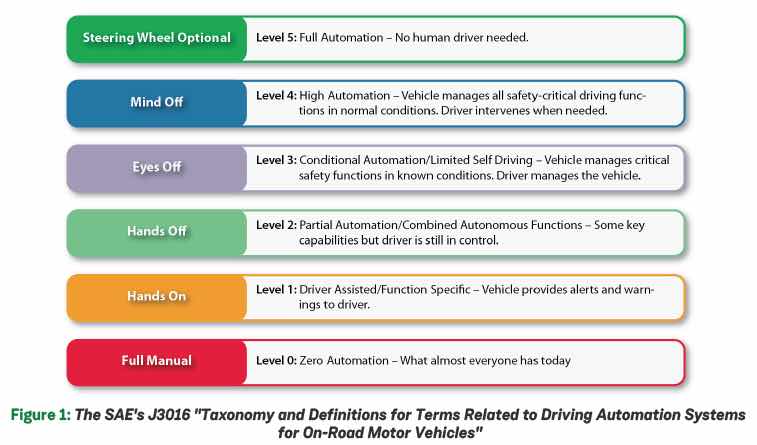


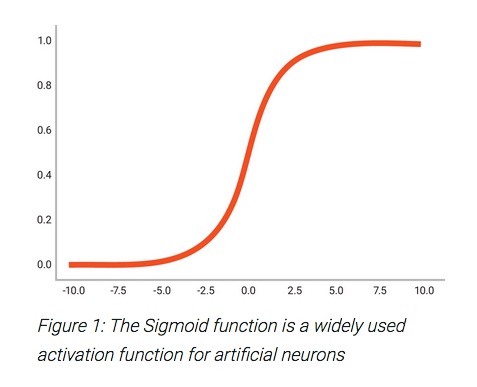
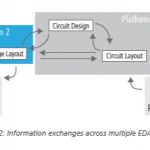
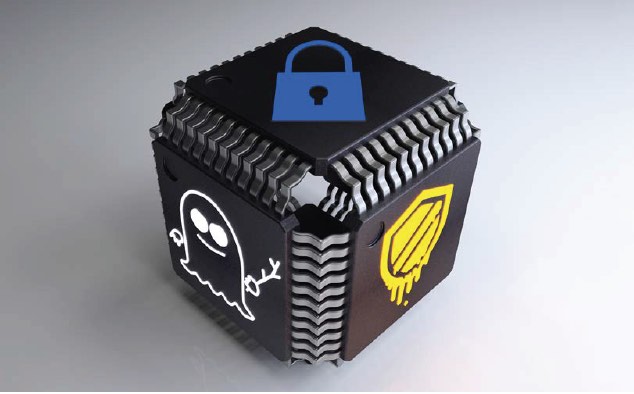

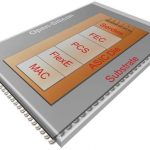







The Quantum Threat: Why Industrial Control Systems Must Be Ready and How PQShield Is Leading the Defense